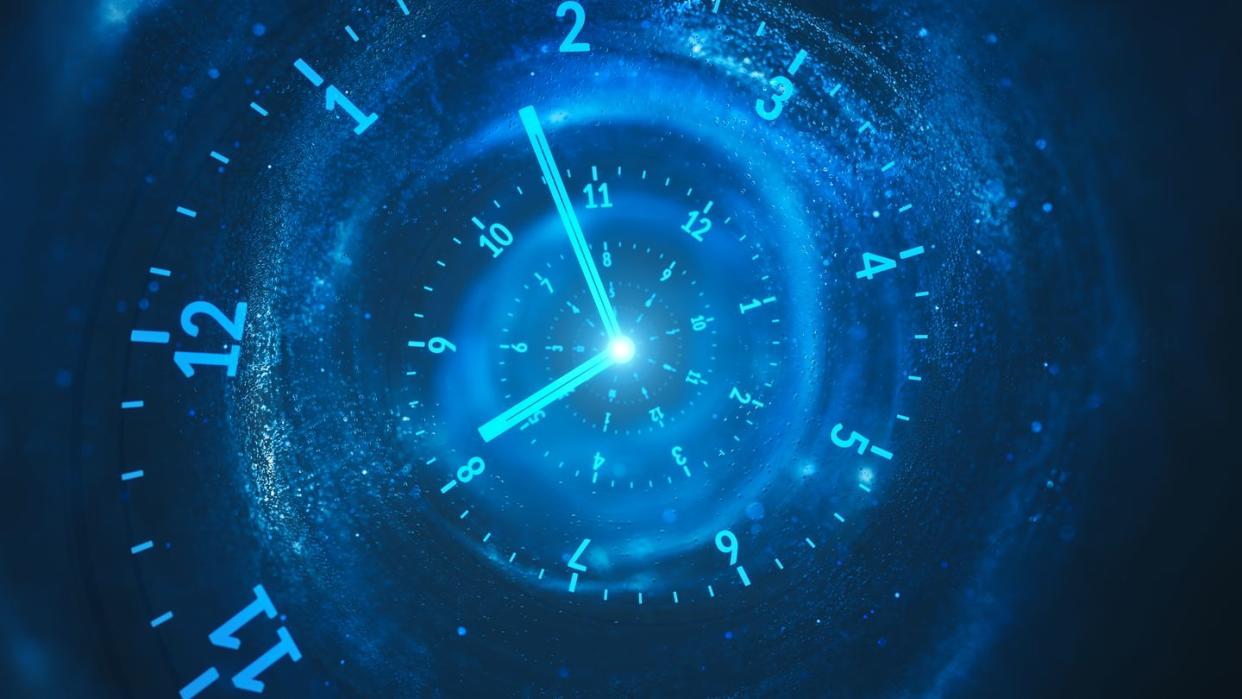A Nuclear Clock Might Be Closer Than We Thought

"Hearst Magazines and Yahoo may earn commission or revenue on some items through these links."
Researchers recently announced a big step forward in the development of a nuclear clock.
Nuclear clocks are the theoretical successor to atomic clocks, our current most accurate timepieces, and would be capable of order of magnitude better precision than current timekeeping tools.
This new study highlights the isotope scandium-45 as the potential lynchpin for a nuclear clock, which is surprising, considering that researchers have previously thought that thorium-229 might be our only logical option in this arena.
For most everyday activities, an everyday clock is fine for telling the time. For some events, like a close race or a record-setting sprint, a stopwatch that measures fractions of seconds may be needed, but that will do just fine. But for some applications—like studying extremely complicated physics or the concept of measurement itself known as metrology—you need a clock that is really, really, really precise. You’re going to need an atomic clock.
But what happens when even an atomic clock—currently the most accurate and consistent clock we have—isn’t enough? Well, if you’re the team who recently published an exciting study in the journal Nature on this very topic, you try to invent the nuclear clock.
A nuclear clock is a long-sought-after device that theoretically trumps the accuracy of all other clocks—even atomic ones. “Atomic clocks, such as the caesium-133 clock or the strontium-87 clock, rely on oscillations of electrons in an atom, which can oscillate at highly reliable frequencies when excited by microwave or optical radiation,” Olga Kocharovskaya, the principal investigator on this project, said in a press release.
Nuclear clocks, on the other hand, are intended to rely on the oscillations of the nucleus of the atom. In focusing on the nucleus—rather than the electrons in an atom’s outer shell, which are much more susceptible to the effects of the environment around them—the accuracy of a clock could skyrocket. While reported accuracies of the most accurate atomic clocks vary, nuclear clocks have the potential to be orders of magnitude more accurate, losing a second only once every several billion to one trillion years. For context, the universe has only been in existence for 13.7 billion years.
In the new study, the team focuses on scandium-45—an isotope of the element scandium. Using incredibly powerful X-ray pulses produced at the European XFEl (EuXFEL) X-ray laser facility, they were able to energize the scandium-45 into an excited state and track its position as it oscillated at an incredibly consistent rate. And since their main question, according to the press release, was whether or not a state like this could be reached with X-rays, the team was elated by their success.
“As soon as the resonance was seen within the first several hours of the data collection, we all joyfully celebrated this success,” Kocharovskaya said in the release. “It was rewarding for all of us, but especially for Yuri [Shvyd'ko, lead researcher on the project], who realized a high scientific potential of scandium-45 for super-resolution nuclear spectroscopy and the possibility to excite it with modern accelerator-based X-ray sources 33 years ago.”
This experiment opens new doors for researchers looking to work towards creating the world’s first nuclear clock. Traditionally, most experimentation to that end has revolved around the isotope thorium-229—in fact, it has previously been thought to be the only logical option we have for making a nuclear clock.
But this study may bring that into question. And the more options we have, the better, considering how much a nuclear clock would let us explore. “For purposes that demand such precision, including the study of certain aspects of relativity, gravitational theory and other physical phenomena such as dark matter,” Xiwen Zhang, a postdoctoral researcher and one of the authors of the study said in the press release, “the nuclear clock is the ultimate timepiece.”
There’s still a lot of work to be done before that timepiece becomes a reality. “The next two steps can be achieved in a relatively simple way," Zhang added. “While the third step is extremely challenging, it's absolutely critical in order to estimate a projected accuracy and stability of any future nuclear clock. As a group and as a broader research team, we all look forward to the challenge.”
The team, and others who share their goal, certainly aren’t letting off the gas any time soon. And hopefully, they’ll successfully bring their dream to life in record time.
You Might Also Like

